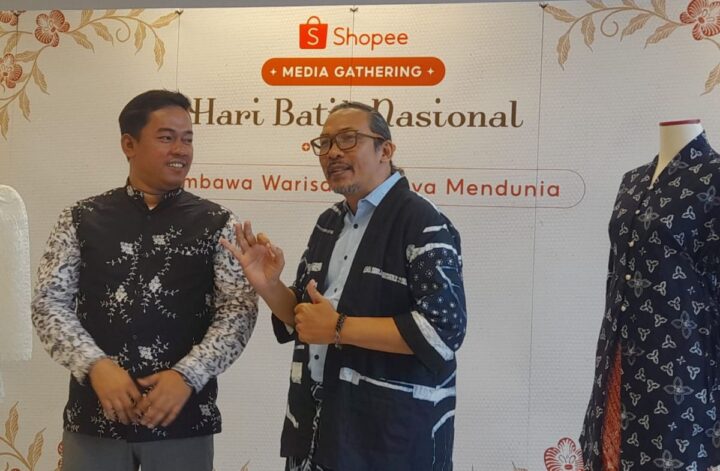Batik is a traditional Indonesian art form that has been passed down through generations for centuries. It is a technique of wax-resist dyeing applied to cloth, creating intricate patterns and designs that are unique to Indonesian culture. In recent years, the digital technology has played a significant role in preserving and promoting the art of batik.
One of the ways digital technology has helped in the preservation of batik is through digital documentation. By digitizing batik patterns and designs, researchers and artisans can easily access and study the intricate details of traditional batik. This not only helps in preserving the art form for future generations but also allows for the replication of these designs in a more efficient manner.
Additionally, digital technology has enabled artisans to reach a wider audience through online platforms and social media. With the rise of e-commerce, batik makers can now sell their products to customers around the world, promoting Indonesian batik on a global scale. This has not only increased the demand for batik but has also allowed artisans to showcase their work to a larger audience.
Furthermore, digital technology has also played a role in modernizing the production process of batik. With the use of digital tools and software, artisans can create intricate designs and patterns more quickly and efficiently. This has not only increased the productivity of batik makers but has also allowed for more experimentation and innovation in the art form.
Overall, digital technology has been instrumental in the preservation and promotion of batik in Indonesia. By digitizing traditional designs, reaching a wider audience through online platforms, and modernizing the production process, digital technology has helped in ensuring that the art of batik continues to thrive in the modern world. As we move forward, it is essential to continue embracing digital technology to further promote and preserve the rich cultural heritage of Indonesian batik.




